Mists, Mast and mellow fruitfulness
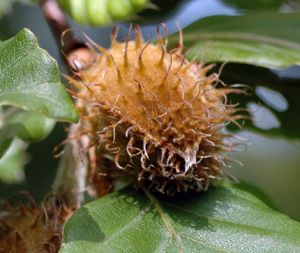
Autumn is here, whether you follow the definition of meteorological autumn, which starts on the first of September or the astronomical autumn which starts at the autumn equinox. The equinox is when day and night length are equal, after that time the days get shorter. Or it might be that you are noting the signs of the seasons changing. The BBC, the Woodland Trust and Nature’s Calendar chart the advance of autumn by recording events in the life of key species, for example blackberry, hawthorn, swifts, conkers, ivy and oak. The information collected helps build a picture of how climate change is affecting the time of flowering, fruiting etc. of many species.
The blog has already commented on the early flowering of the blackberries but now woodlands are starting to transform into a mosaic of reds, yellows, and oranges as the leaves prepare to be shed and the woodland floor becomes a fungal jungle, (as Jasper has described).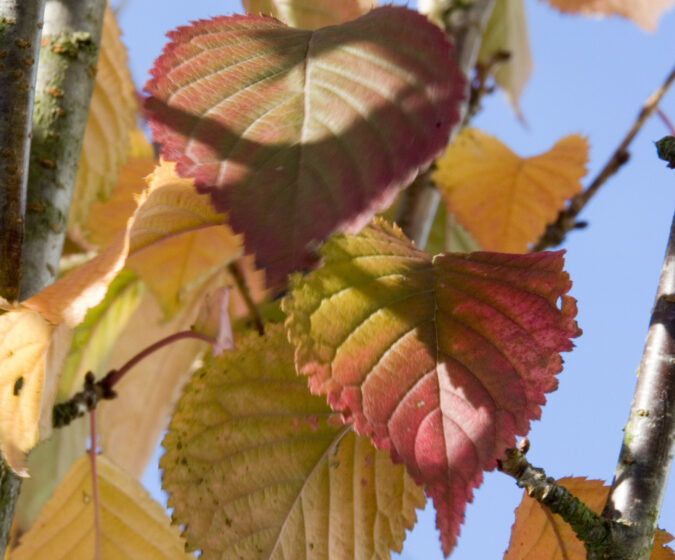 Hawthorn, Blackthorn and other bushes are laden with berries, conkers and acorns will be strewn across woodland floors. Squirrels eat hazelnuts (and hide some of them as a winter food store). This banquet of fruits and seeds may be a response to the long, hot and very dry summer we have just experienced. Trees and shrubs have been stressed by the heat and drought. Some have responded by mobilising their reserves / efforts into producing more fruits and seeds, to ensure that they pass on their genes to the next generation.
Hawthorn, Blackthorn and other bushes are laden with berries, conkers and acorns will be strewn across woodland floors. Squirrels eat hazelnuts (and hide some of them as a winter food store). This banquet of fruits and seeds may be a response to the long, hot and very dry summer we have just experienced. Trees and shrubs have been stressed by the heat and drought. Some have responded by mobilising their reserves / efforts into producing more fruits and seeds, to ensure that they pass on their genes to the next generation.
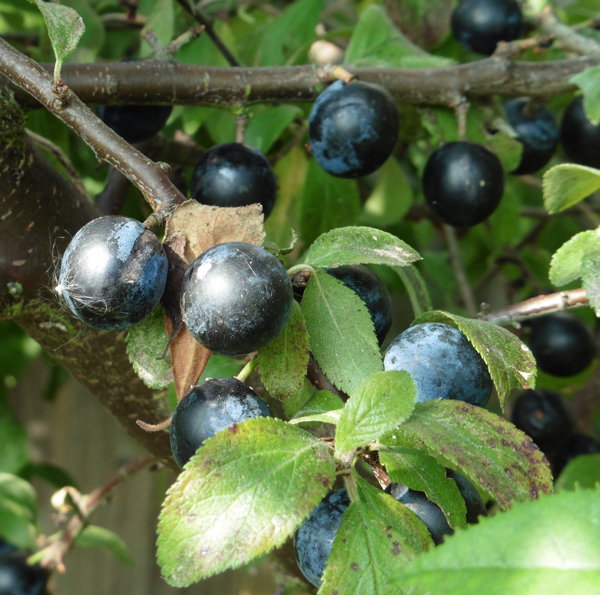
Sloes on Blackthorn
If it seems like you have been noticing more acorns on the trees than normal that could be down to a "mast year”. 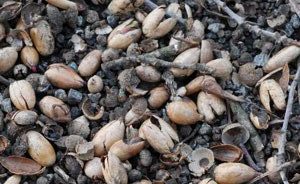 Mast years occur roughly every five to ten years and refer to years when certain species of trees Like oak & beech) and shrubs produce a larger than normal crop of berries, nuts and fruit. This boost in production means far more is produced than can be eaten by the usual herbivores, squirrels, dormice etc, thus ensuring at least some of the mast goes on to grow new plants. However, this ‘over-production’ can come at a cost to the tree, using vital resources so that growth in the subsequent year may be reduced. Quite what causes trees and shrubs to ‘go mad’ and overproduce is not known but some theories are explored in a previous blog, though the weather in Spring is an important factor.
Mast years occur roughly every five to ten years and refer to years when certain species of trees Like oak & beech) and shrubs produce a larger than normal crop of berries, nuts and fruit. This boost in production means far more is produced than can be eaten by the usual herbivores, squirrels, dormice etc, thus ensuring at least some of the mast goes on to grow new plants. However, this ‘over-production’ can come at a cost to the tree, using vital resources so that growth in the subsequent year may be reduced. Quite what causes trees and shrubs to ‘go mad’ and overproduce is not known but some theories are explored in a previous blog, though the weather in Spring is an important factor.
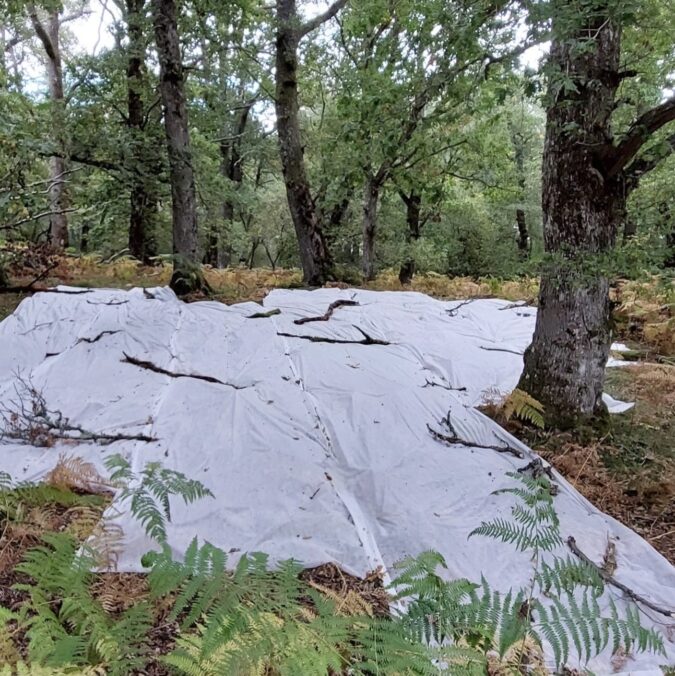
Collecting acorns.
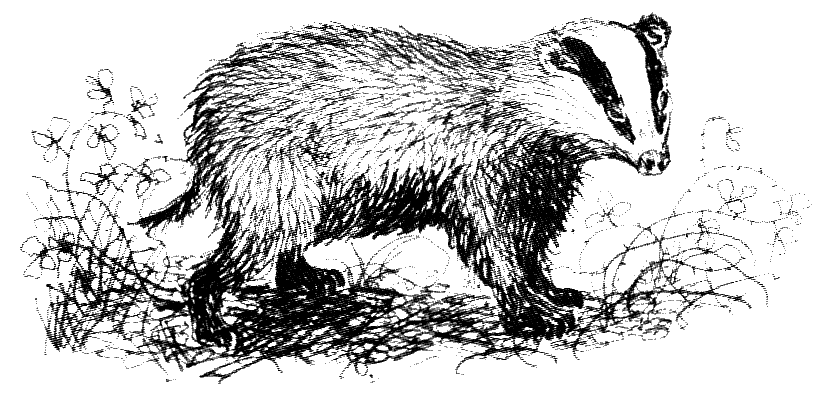
Leave a comment